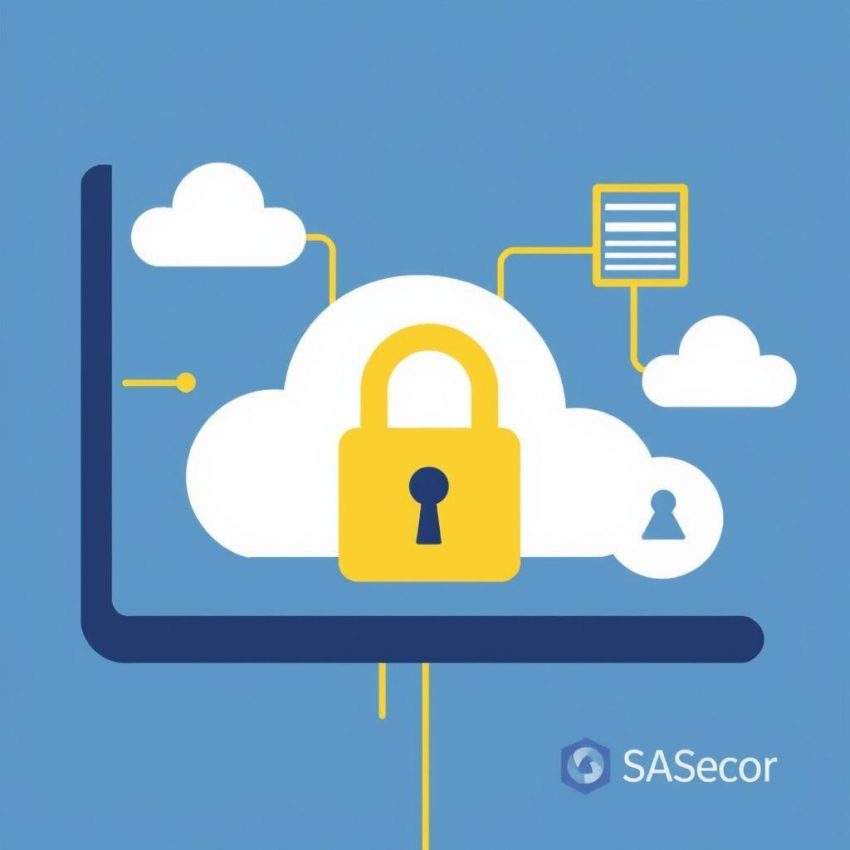Your SaaS Data Isn't Safe: Why Traditional DLP Solutions Fail in the Browser Era
The modern workplace is built on SaaS. Salesforce, Slack, Google Workspace – these platforms are the lifeblood of countless businesses, housing critical data and fueling vital operations. But relying on traditional Data Loss Prevention (DLP) solutions to protect this data is like using a rotary phone in the age of smartphones. It's simply not up to the task.
For years, businesses have relied on perimeter-based DLP solutions. These systems work by monitoring data as it leaves the network, typically via email or file transfers. They inspect outgoing traffic, flagging or blocking sensitive information based on pre-defined rules. This approach, however, is woefully inadequate in today's browser-centric world.
Here's why traditional DLP is failing in the face of modern SaaS usage:
1. The Cloud's Invisibility: Traditional DLP struggles to see data within cloud applications. It sits outside the SaaS ecosystem, unable to effectively monitor data within Salesforce, Slack, or Google Docs. This leaves sensitive information vulnerable to leaks, screenshots, copy-pasting, and other methods that bypass the network perimeter.
2. Blind Spots in Browser Activity: Modern data breaches often originate within the browser itself. Employees might unknowingly upload sensitive files to unapproved cloud storage, share confidential information through personal email accounts, or use unapproved browser extensions that compromise data. Traditional DLP is blind to these actions because they occur entirely within the browser's sandbox.
3. Lack of Contextual Awareness: Traditional DLP solutions operate on simple keyword matching or data classification. This lacks the contextual understanding needed to accurately identify sensitive information. For instance, a simple phone number might be harmless in a marketing document but critical in a customer database. Traditional systems often fail to distinguish the difference, leading to false positives and missed threats.
4. Difficulty Handling Modern Collaboration Tools: The collaborative nature of SaaS platforms poses a major challenge. Traditional DLP struggles to keep up with real-time data sharing and edits in applications like Google Docs or collaborative editing tools. By the time a breach is detected, the damage might already be done.
5. Inability to Adapt to New Threats: The threat landscape is constantly evolving. New SaaS applications, browser extensions, and attack vectors emerge regularly. Traditional DLP systems often struggle to adapt, leaving significant vulnerabilities open.
So, what's the solution?
The answer lies in browser-based DLP solutions. These modern systems integrate directly into the browser, providing visibility into user activity and data flows within SaaS applications. They offer:
- Real-time monitoring of browser activity: Detecting and preventing data loss at the source.
- Contextual data analysis: Understanding the meaning and sensitivity of data based on its location and usage.
- Integration with SaaS applications: Seamless monitoring of data within popular cloud platforms.
- Adaptability to new threats: Constantly updated to address emerging vulnerabilities.
Protecting your SaaS data in today's dynamic environment requires a modern approach. Sticking with outdated, perimeter-based DLP is a gamble you can't afford to take. It's time to upgrade to a browser-based solution that can effectively protect your most valuable asset – your data.
Don’t miss out on this exclusive deal, specially curated for our readers! Cheap IONOS Web Hosting
This page includes affiliate links. If you make a qualifying purchase through these links, I may earn a commission at no extra cost to you. For more details, please refer to the disclaimer page. disclaimer page.

